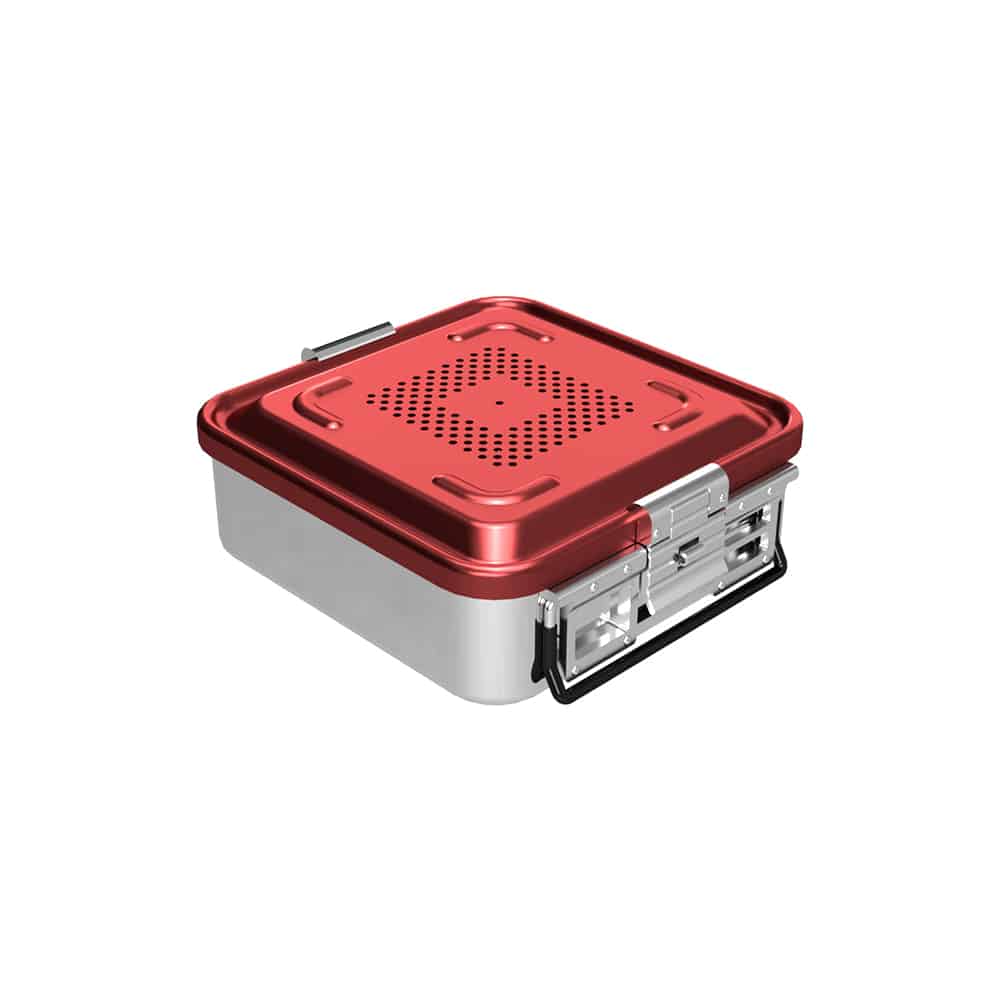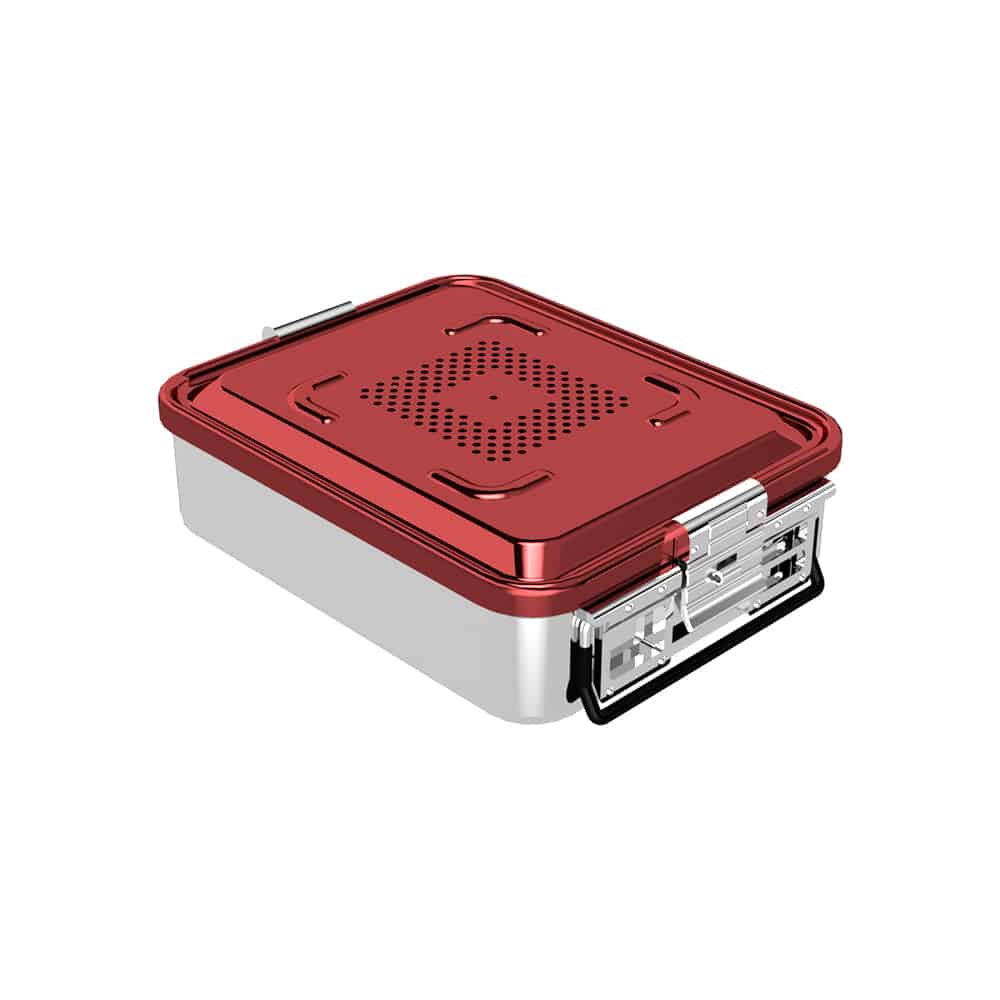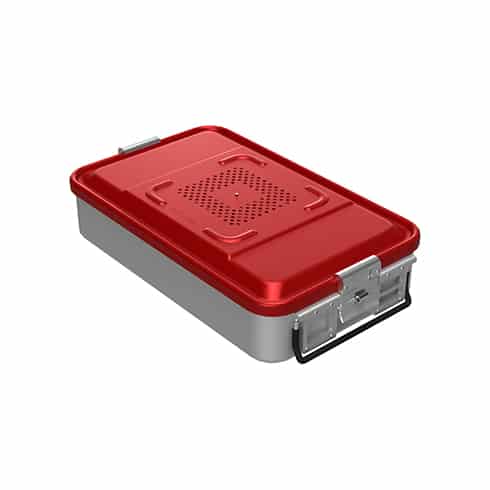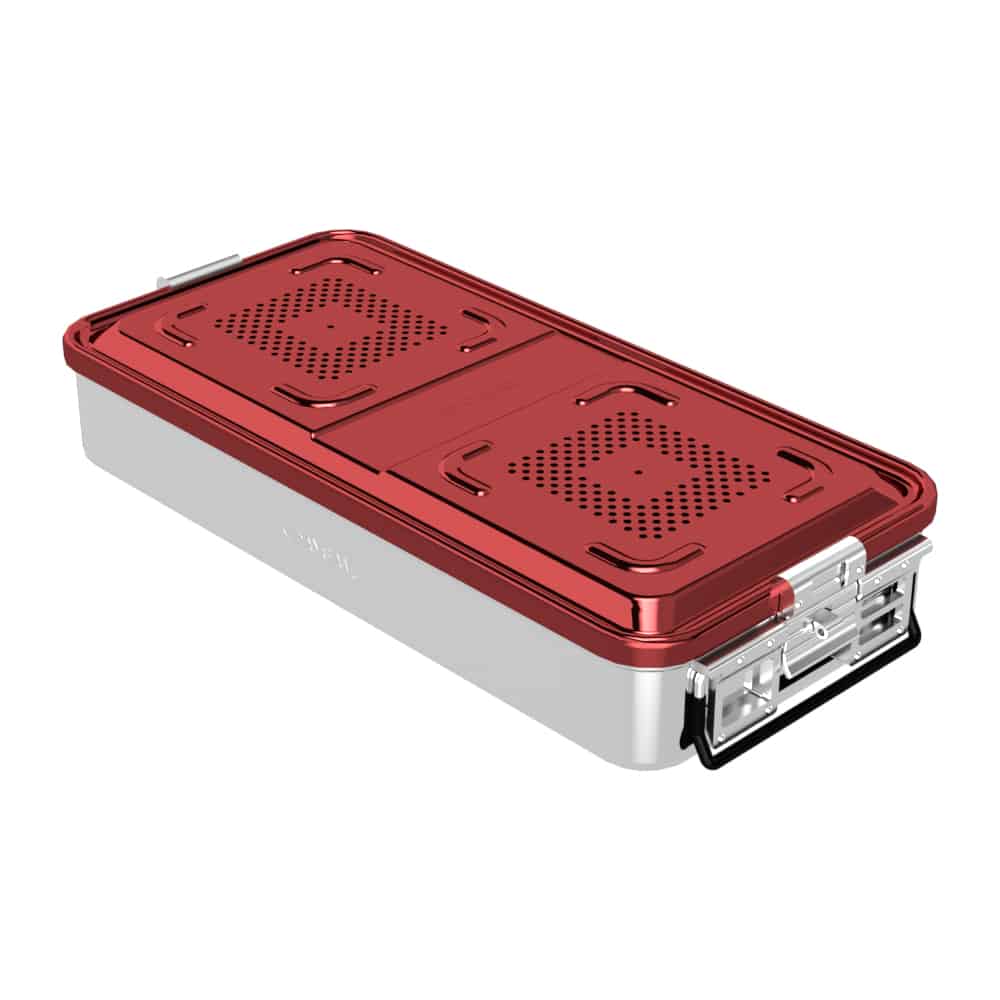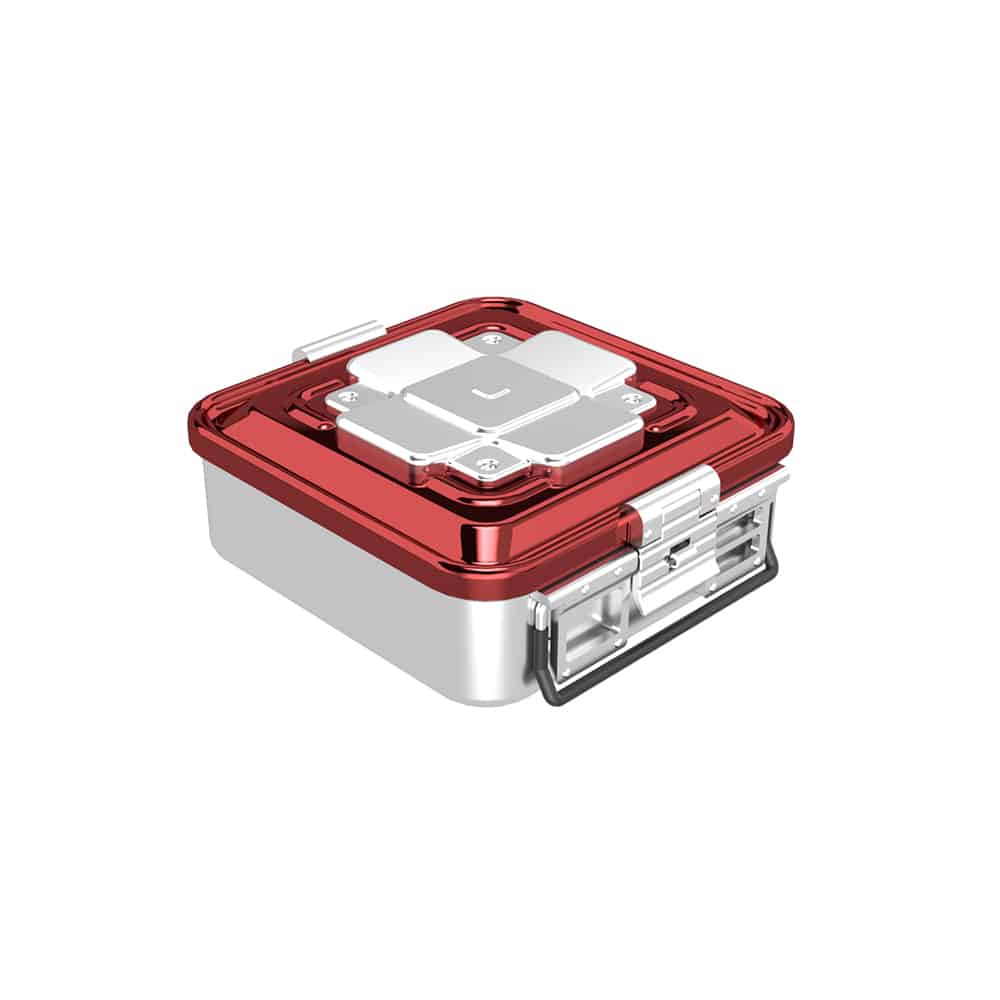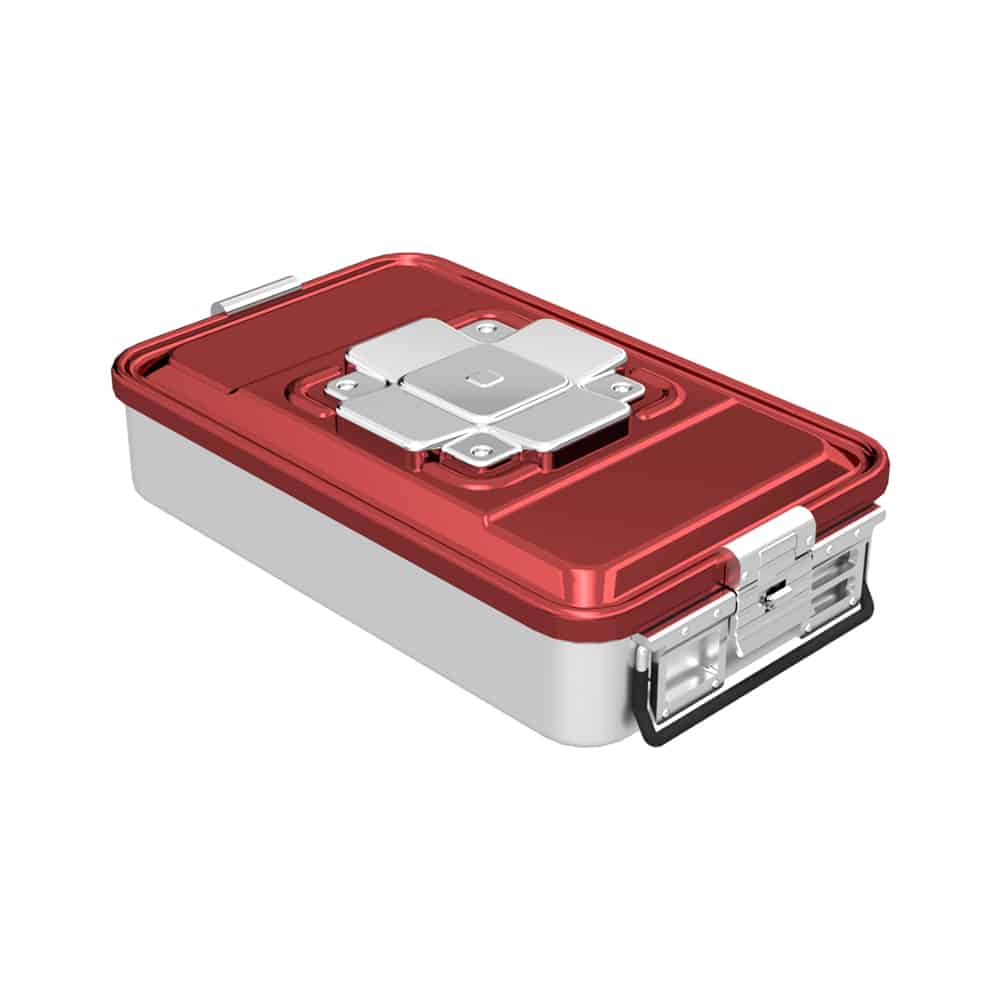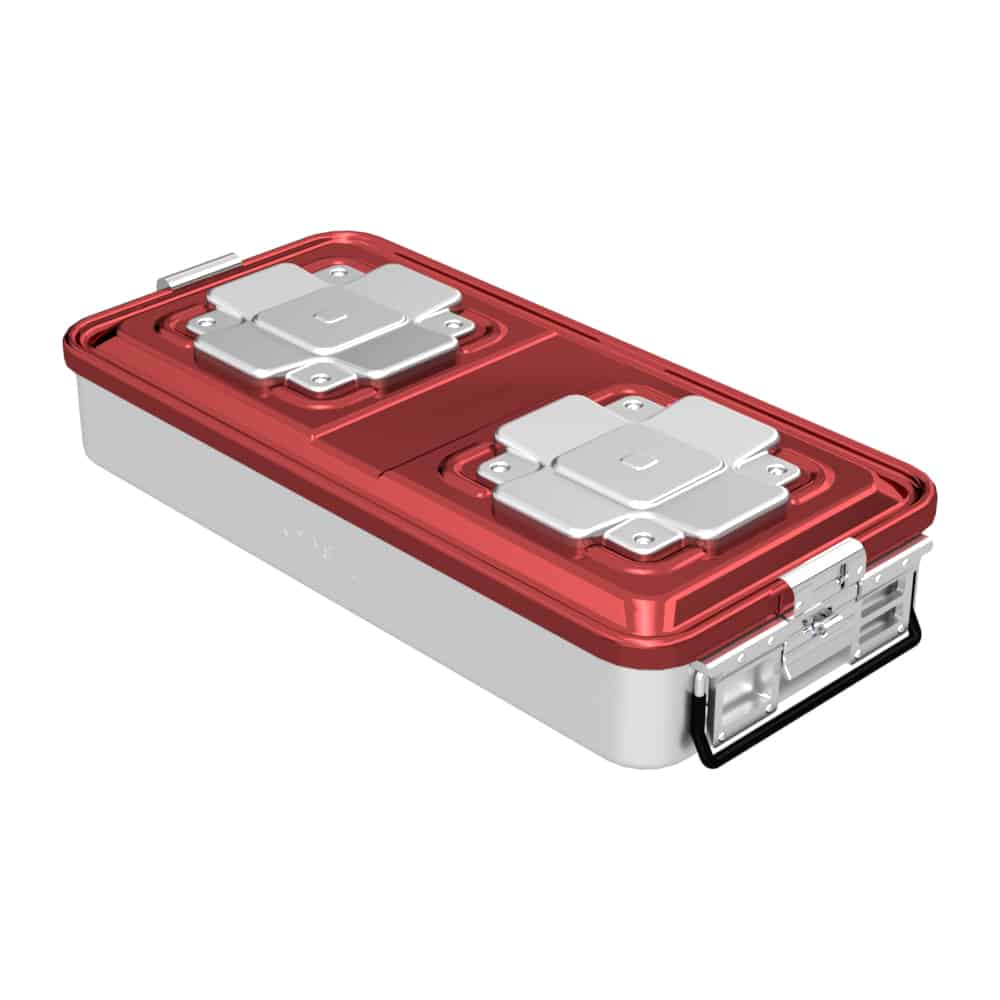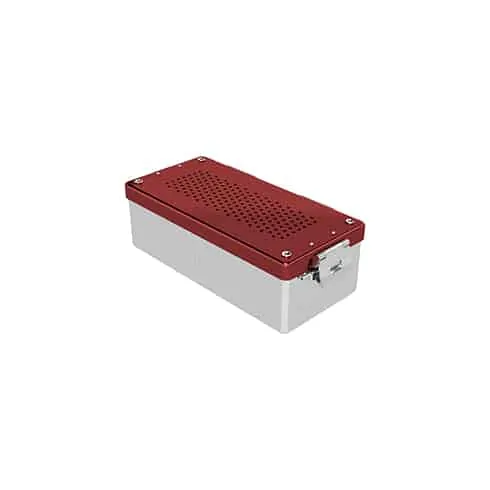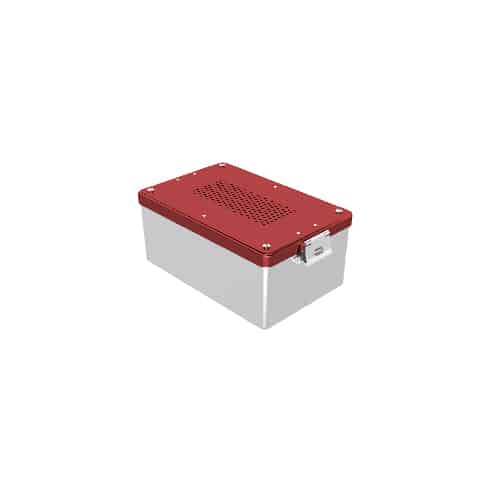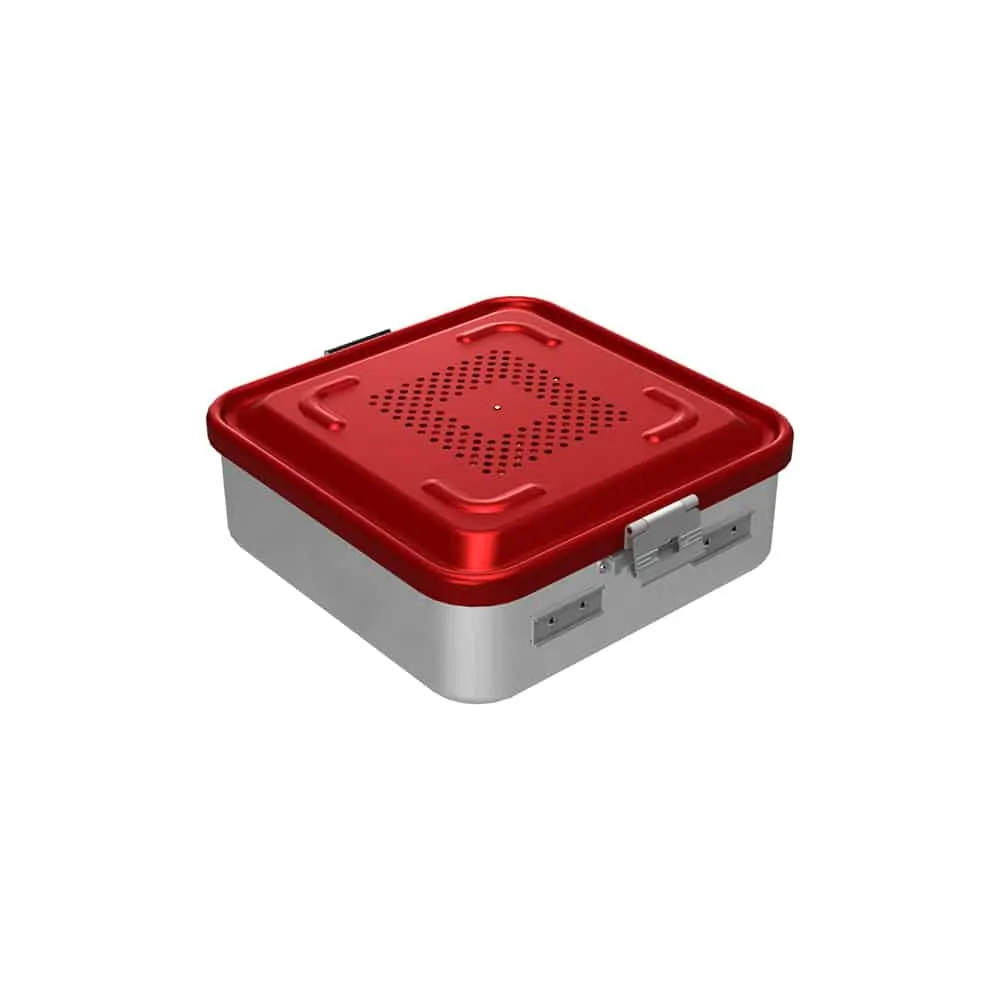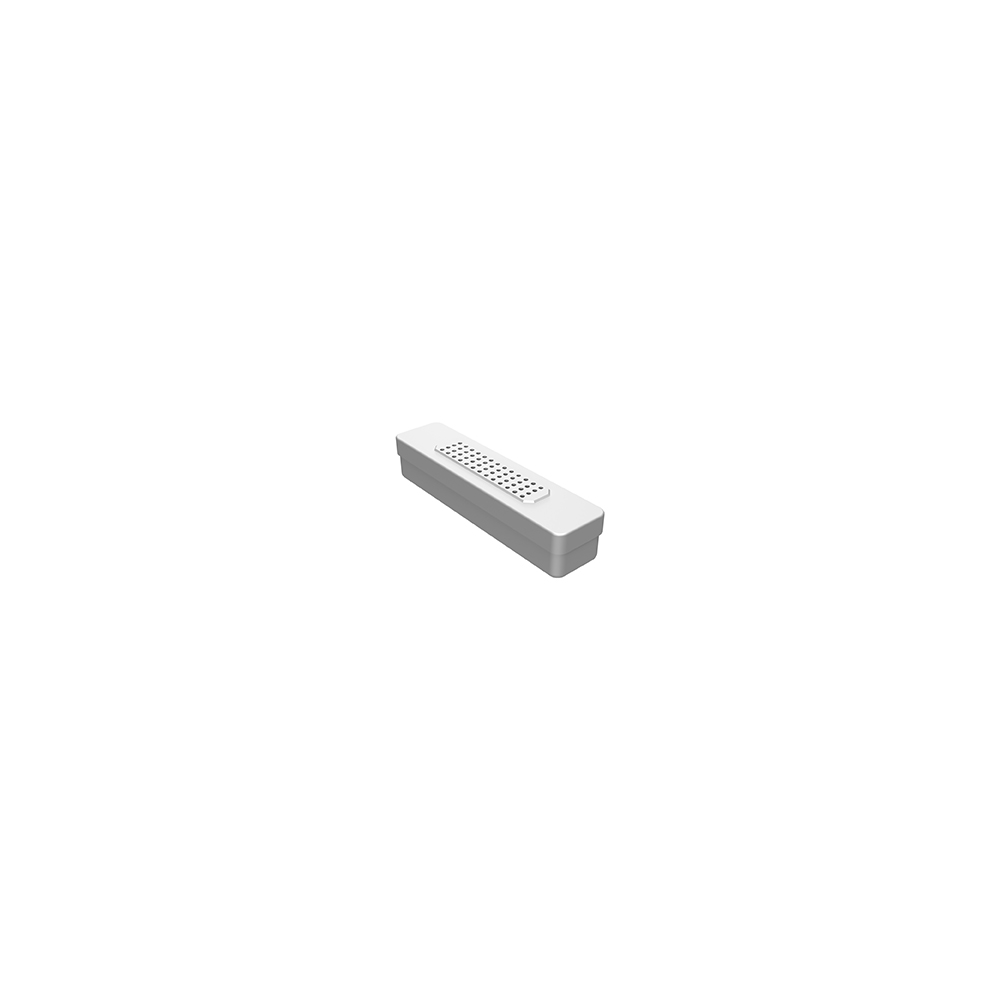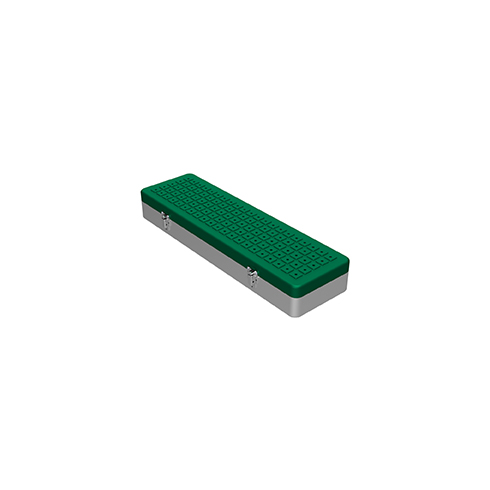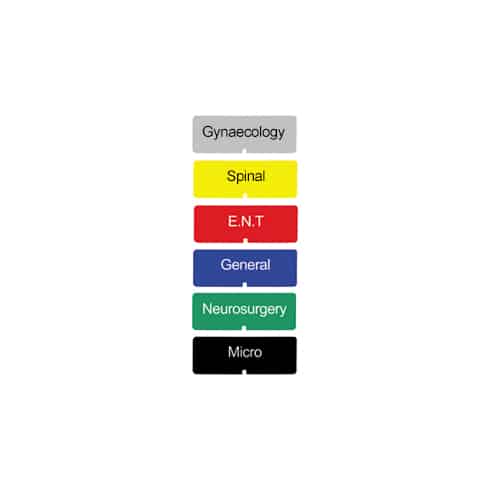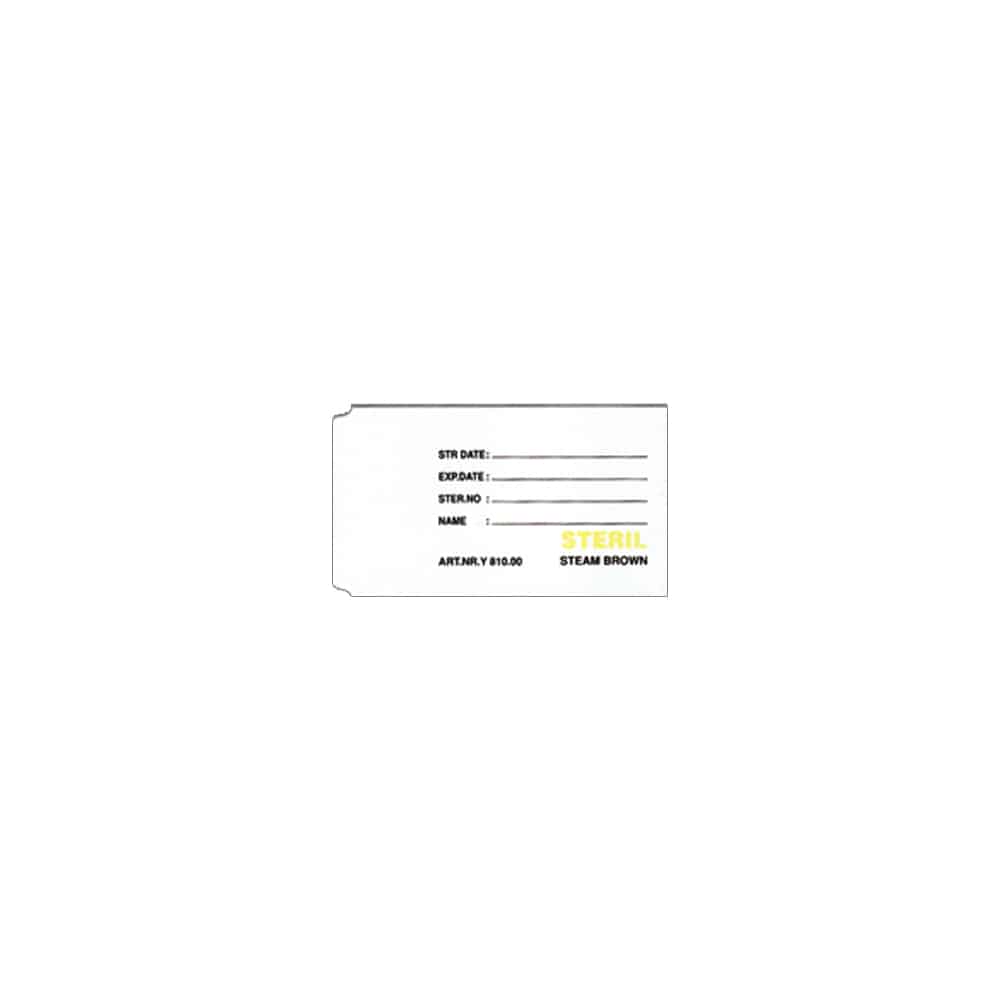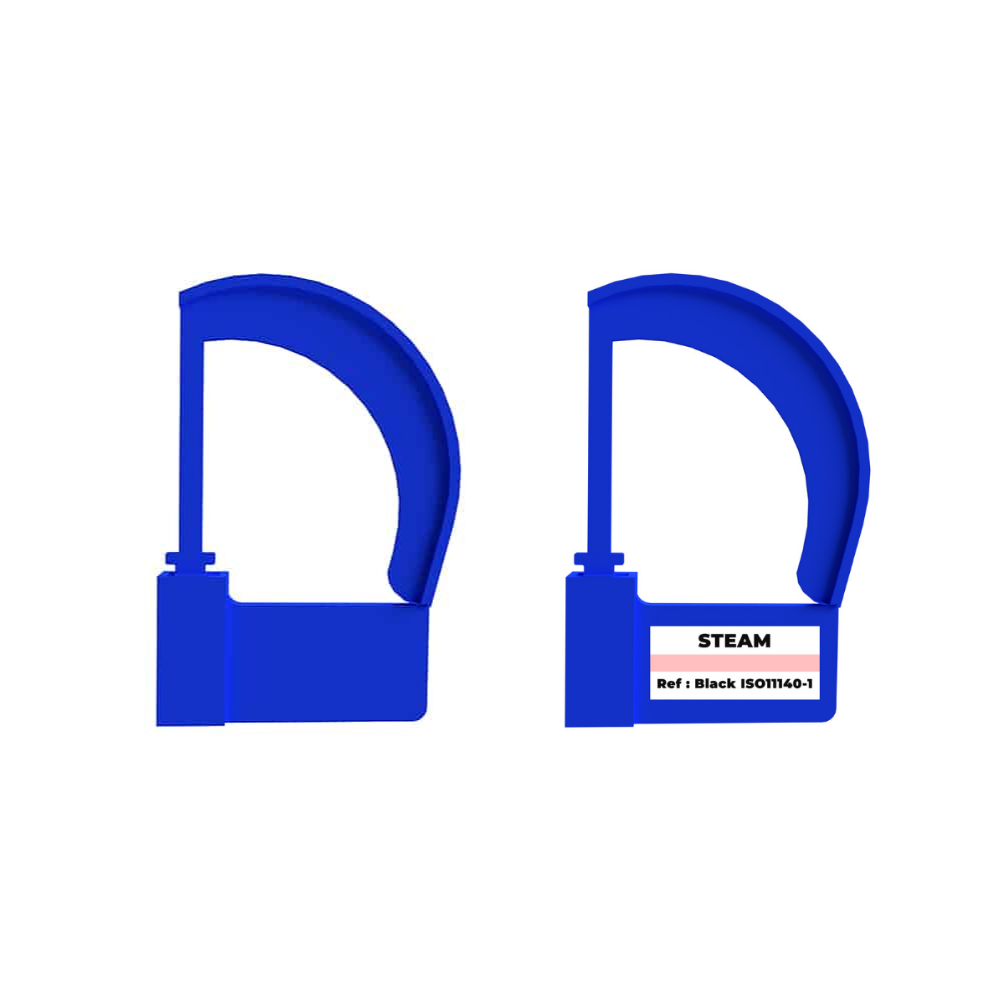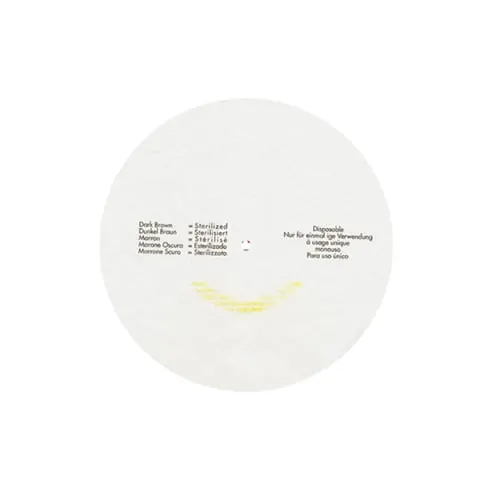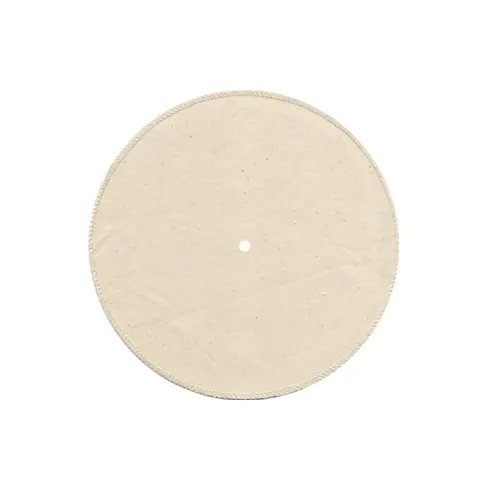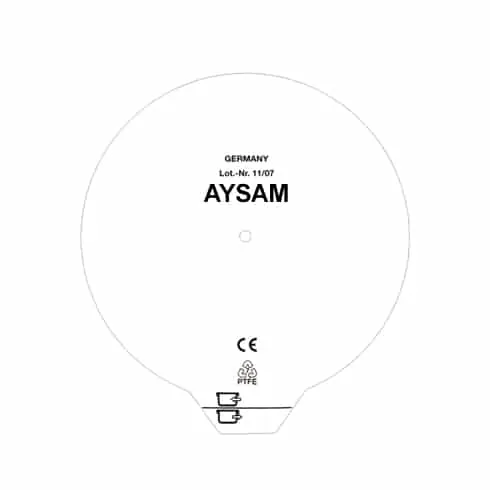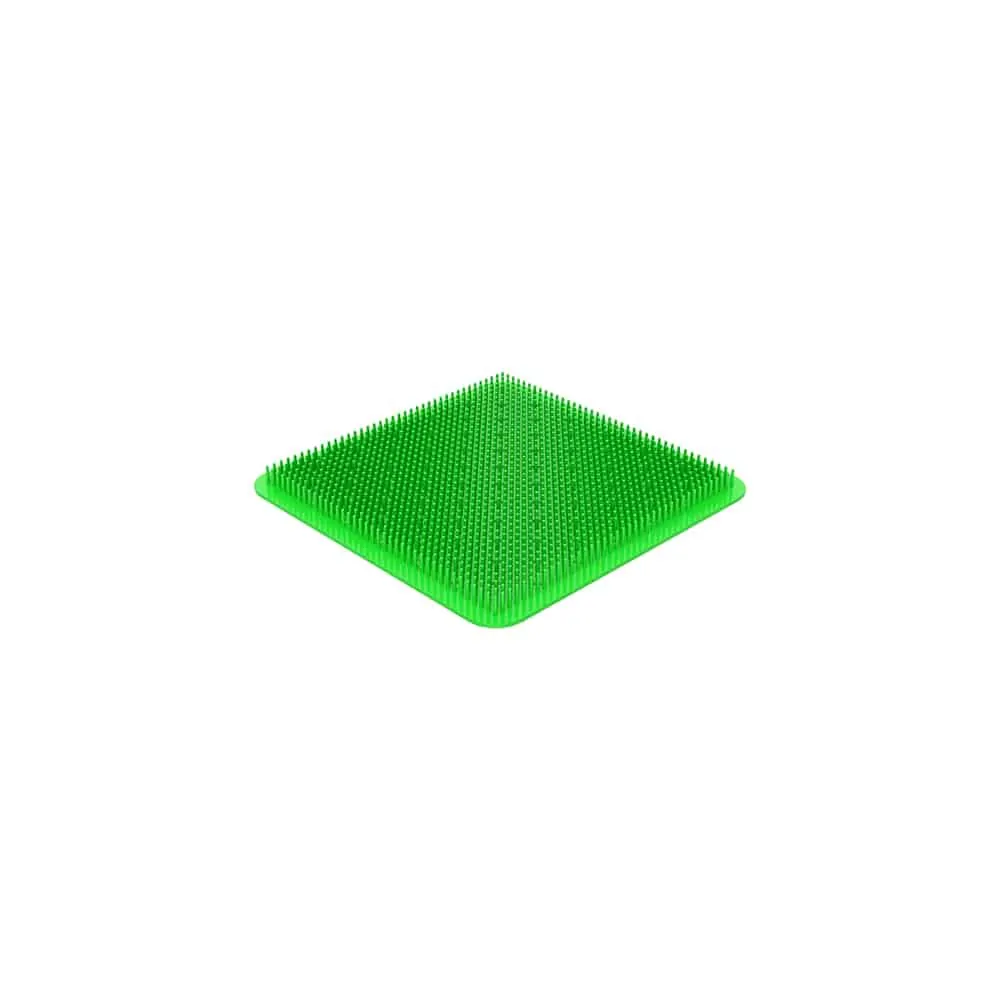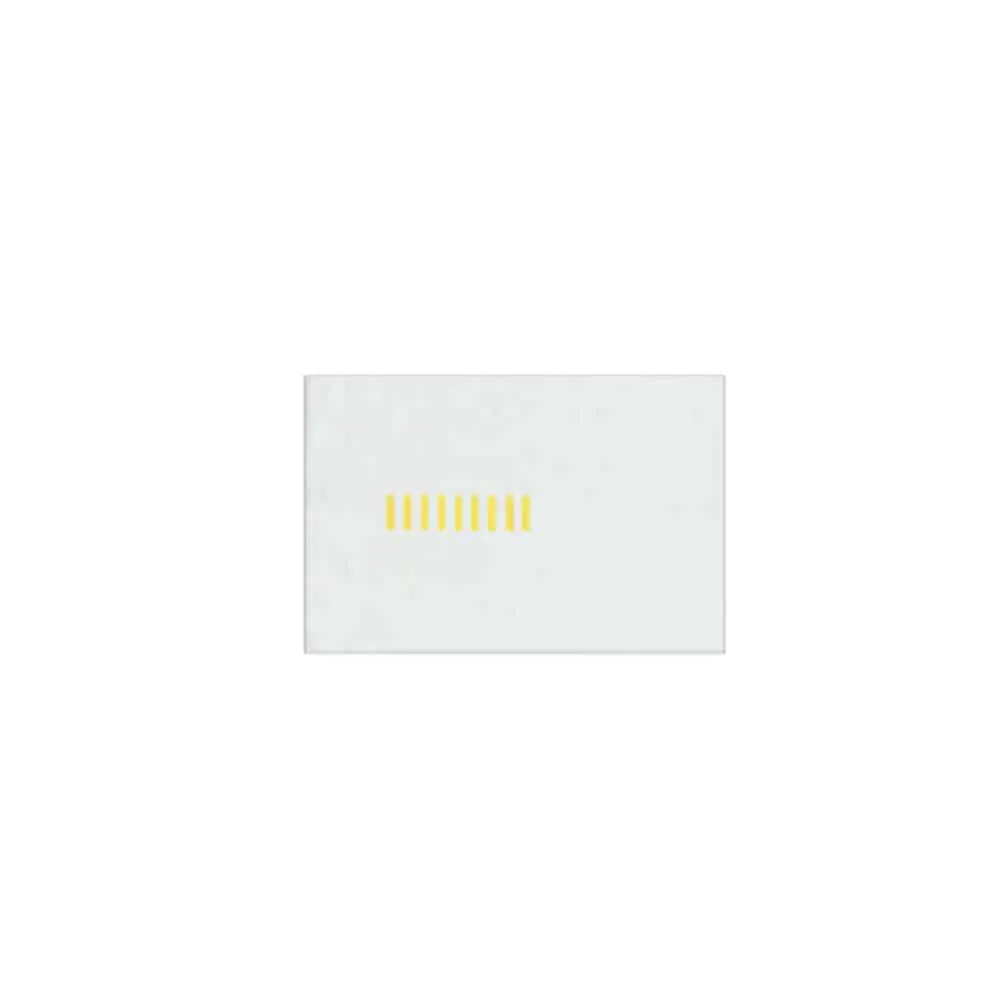STERILIZATION CONTAINERS AND ACCESSORIES
Sterilization containers, also known as instrument trays or surgical instrument containers, are specially designed containers used in healthcare settings to hold and protect surgical instruments during the sterilization process. They are used to maintain the sterility of the instruments before and after they are used in surgical procedures.
The main purpose of sterilization containers is to provide a safe and effective means of sterilizing, storing as sterile, and transporting surgical instruments and implants. They offer several advantages over traditional methods such as wrapping instruments in sterile wraps or using individual pouches. These advantages include:
1. Protection: Sterilization containers provide a physical barrier that protects the instruments from damage during handling, transportation, and storage.
2. Durability: Containers are made from materials that are sturdy and durable, allowing them to withstand repeated sterilization cycles without compromising their integrity.
3. Organization: Containers are designed with compartments and dividers that help organize and separate different types of instruments, making it easier for healthcare professionals to locate and retrieve the instruments they need.
4. Traceability: Many sterilization containers come with features that allow for tracking and traceability, such as barcodes or radio frequency identification (RFID) tags, which help in inventory management and instrument tracking.
Types of Sterilization Containers:
There are different types of sterilization containers available, and their selection depends on the specific requirements of the healthcare facility. Some common types include:
1. Rigid containers: These are solid and rigid containers made of materials such as aluminum. They are highly durable and can withstand repeated sterilization cycles. Rigid containers often have perforated walls in some parts (like the lid and bottom) to allow proper steam penetration during the sterilization process. These holes are protected by filtering materials or bio-barrier systems, and they are kept sterile after sterilization.
2. Sheet baskets: They are also known as wire baskets or mesh containers, and are made of stainless steel. They have a mesh or perforated design that allows for steam penetration and proper sterilization. They are sterilized by wrapping them in special fabric materials (sterilization wrap). Sheet baskets are lightweight and have handles for easy transportation.
3. Surgical instrument trays: Instrument trays are typically shallow, rectangular containers made of stainless steel or aluminum. They are used to organize and hold specific sets of instruments needed for a particular surgical procedure. Instrument trays often have compartments or dividers to separate different types of instruments.
Accessories for Sterilization Containers:
Sterilization containers may come with various accessories that enhance their functionality. Some common accessories include:
1. Instrument dividers: These are inserts or partitions that fit inside the containers and help organize and separate instruments.
2. Silicone mats or liners: Silicone mats are often used to line the bottom of the container to prevent instrument damage and reduce noise during transportation.
3. Instrument holders: These are specialized holders or brackets that can be attached to the inside walls.
4. Filters: Some sterilization containers feature built-in filters to prevent the entry of contaminants while allowing for the circulation of sterilizing agents or sterilant gases.
5. Identification Labels: Containers often have labels or spaces for attaching identification tags or labels, enabling easy tracking and inventory management.
6. Tamper-evident Seals: These seals are used to indicate if the container has been opened or tampered with since the sterilization process. They help ensure the integrity of the contents.
It’s important to note that the availability and specific features of sterilization containers and their accessories may vary depending on the manufacturer and the intended use. Healthcare facilities should consult with sterilization experts or suppliers to determine the most suitable containers and accessories for their needs.
